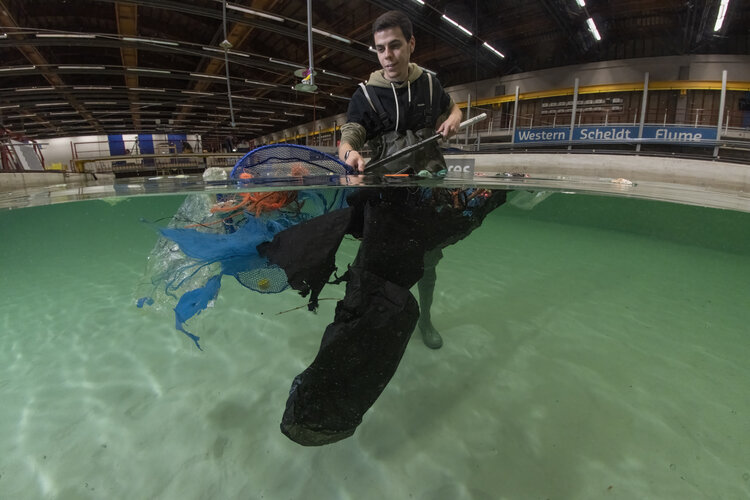
“At the same time we can’t say for sure if we are detecting the plastic directly, or the signals are due to some related factor, such as indentations in the water surface caused by the floating plastic, or small ripples. What needs to come next is follow-up testing in the actual marine environment, using aircraft or drones, and if that goes well then eventually an experimental space mission.”
The best estimate is that an average 10 million tons of plastic enter the ocean annually – equivalent to a fresh truckload of plastic dumped every minute – but researchers only know what happens to about 1% of it. Satellite monitoring might in future help track its extent, and see where it goes, if such a technique can be proven to work in practice.



